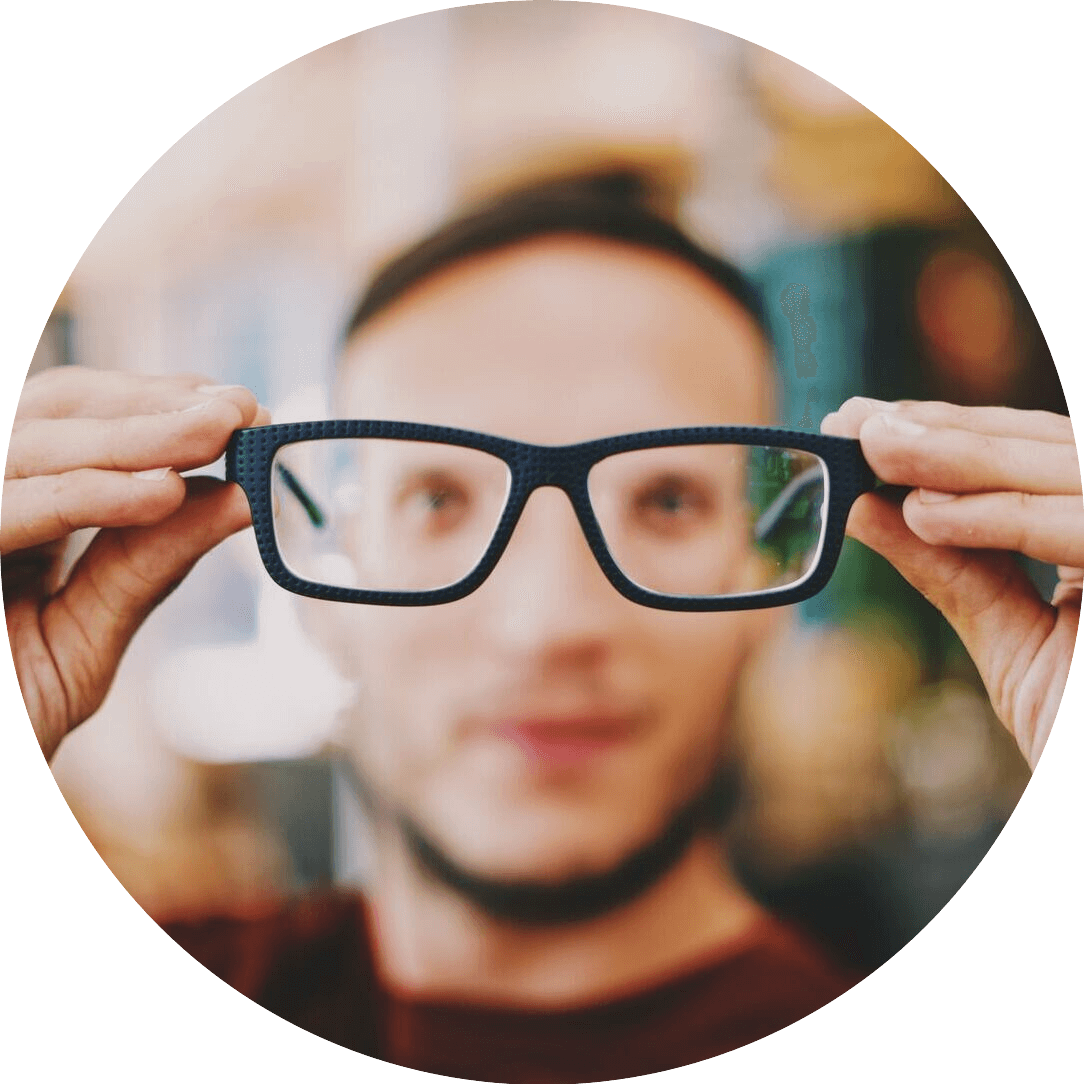Eye Conditions
The Ortho K Group use a variety of methods, prime of which are our orthokeratology lenses, to treat numerous common eye conditions.
Learn more about common eye conditions like myopia, hyperopia and astigmatism
Myopia vs Hyperopia vs Astigmatism
The most common eye condition we treat is myopia, or short-sightedness. In addition to this, we also treat squint, astigmatism, amblyopia/lazy eye and long-sightedness among children and adults.
When used for myopia, Ortho K lenses will gently flatten the centre of the cornea and steepen the periphery of the cornea, thereby correcting refraction.
In the case of hyperopia or presbyopia (long-sightedness), the lenses are reversed to flatten the periphery and steepen the central cornea.
Those with astigmatism may also find Ortho K lenses to be suitable for their needs, with our bespoke Ortho K lenses being able to correct vision distortion in vertical and horizontal directions.

What is Myopia?
Simply put, Myopia is a common eye conditions that causes a person to see things that are near clearly but then have difficulty in seeing them at a farther distance. Oftentimes, objects farther away tend to look blurry or distorted for people with Myopia.
A person experiences this condition when the light passing through your retina is bent or refracted due to the shape of your eye. When this happens, the light focuses on the images in front of your retina instead of focusing on the retina itself.
What is Astigmatism?
eAstigmatism is among the 3 most common eye conditions. This is a condition that is treatable once checked by an optometrist. Treatment may mean getting eye glasses, contact lenses or refractive laser eye surgery or a non-invasive, unnoticeable procedure through orthokeratology.
Common symptoms of astigmatism are eyestrain or discomfort when performing tasks that require focusing on bright lights, reading text causing headaches. Often, this discomfort comes from squinting causing excessive strain on your eyes.
It is vital to get regular check-ups especially specially for kids. This allows doctors, particularly optometrists to monitor the development of a child’s vision. Check-ups should begin soon after birth, when kids start school and at least every year or two.
Astigmatism can come in two classifications: corneal or lenticular. If unaddressed, this condition will continue to cause eye strain, vision difficulties and chronic headaches.
It is important to speak with an optometrist to address vision problems and to avoid rapid progression of certain eye conditions.

Can I get contacts for astigmatism?
Having astigmatism is nothing to be alarmed about. This is a condition that causes an irregularity in the shape of your cornea making things appear blurry. About 5% of the Australian population have astigmatism in a lower degree however, those with significant astigmatism need help and correction.
Astigmatism is commonly corrected by prescribed eye glasses or contact lenses for astigmatism. Contact lenses for astigmatism is recommended for moderate amounts of astigmatism. Most people actually prefer wearing contact lenses to avoid any obstruction specially when it comes to daily activities and lifestyle. However, standard soft contact lenses are not recommended as an effective solution for correcting astigmatism but rather rigid gas-permeable ones are the recommended contact lenses for astigmatism patients. This is to ensure that the contact lenses for astigmatism maintain its shape when covering your cornea allowing the lenses to correct the irregular shape and improve your vision.
What is Hyperopia?
Hyperopia or farsightedness is another common condition that affects billions of people globally. People who are diagnosed with hyperopia sees images at a close distance clearly but far objects may appear blurry or distorted.
Hyperopia usually starts upon birth but can rapidly progress over time. This condition runs in families and should be carefully monitored for early diagnosis. It is important to have your eyes checked on an annual basis specially if you experiencing any difficulty with your vision.
Hyperopia or farsightedness can easily be spotted when you experience seeing nearby objects as blurry, having the need to squint, pain and discomfort around the eyes and constant headaches specially when performing certain tasks like writing, reading, regular computer work, sketching or drawing and other things that involve focusing your eyes on small text or bright lights.
